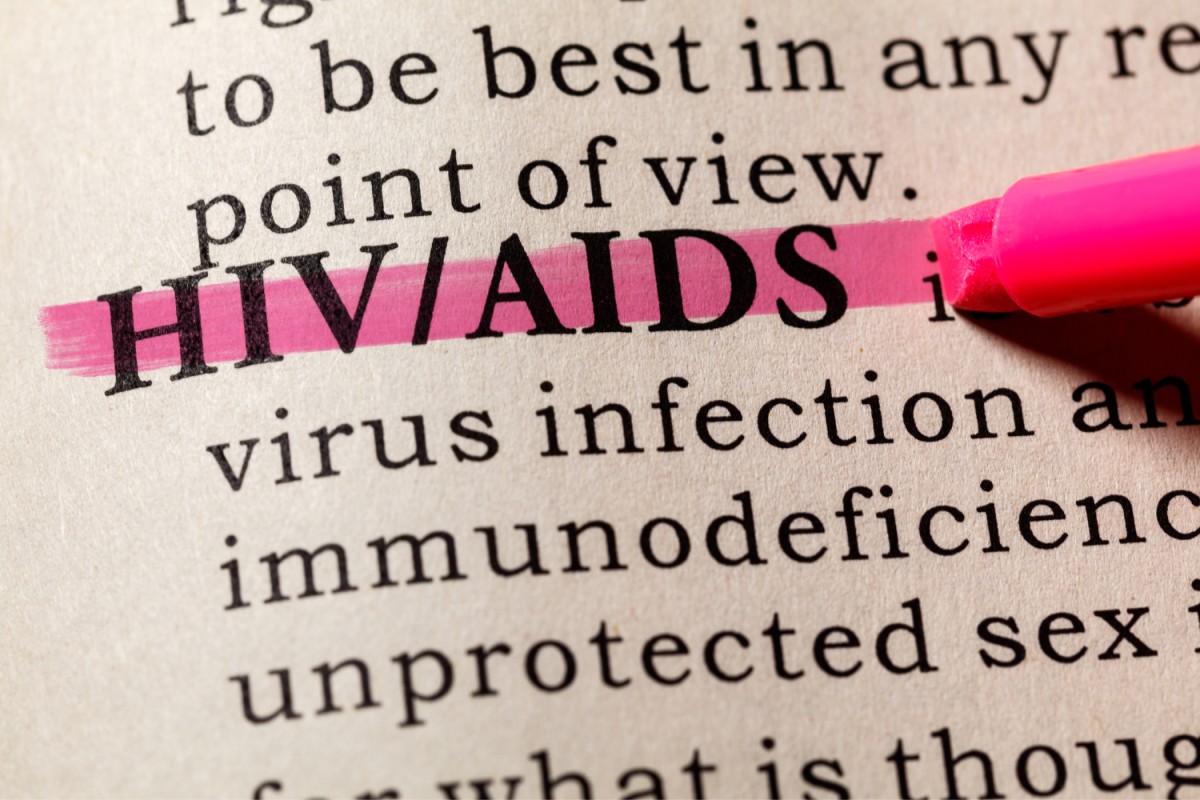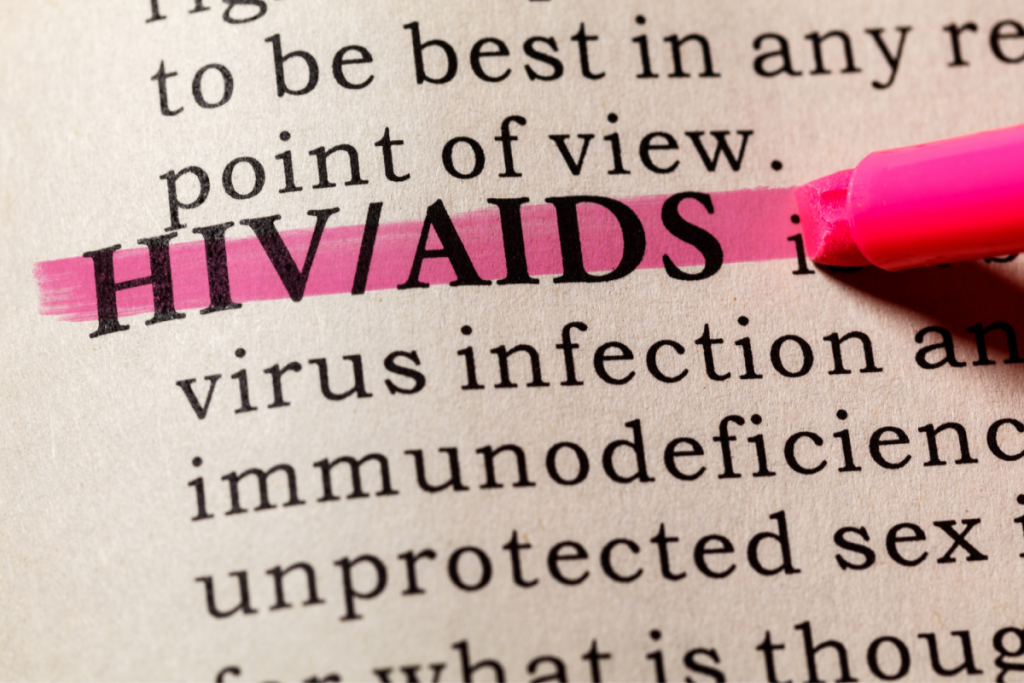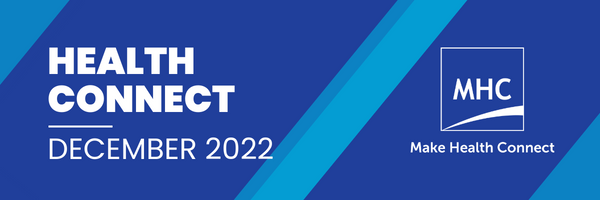
#1 for the Best Health Screening Centre
MHC Asia Group is honoured to be one of the Best Health Screening Centre featured by BestinSingapore and MoreBetter Singapore.
Our newly opened flagship medical centre is located in the middle of Singapore’s bustling city, consisting of 2 spacious floors at Level 14 & 15 dedicated to both corporates and individuals’ healthcare needs.
A one-stop health & wellness centre, newly renovated with numerous consult rooms, lounge areas and state of the art health screening facilities to provide a relaxing and comfortable health check experience.
The 15th floor of MHC’s flagship medical centre, MHC Prestige, is equipped with an exclusive customer lounge, large pantry with a wide selection of coffee and tea, VIP lounge, VIP pods, Imaging Centre as well as a treadmill room to cater for all your health requirements – allowing you to experience a more private and exclusive health check journey with us.
MHC also has a wide variety of health screening packages available from personal to prestige packages, each designed to detect the most common diseases and conditions based on your gender and age group and, we are passionate about your health and well-being in order to optimise your health outcomes.
Click below to view our feature!



























